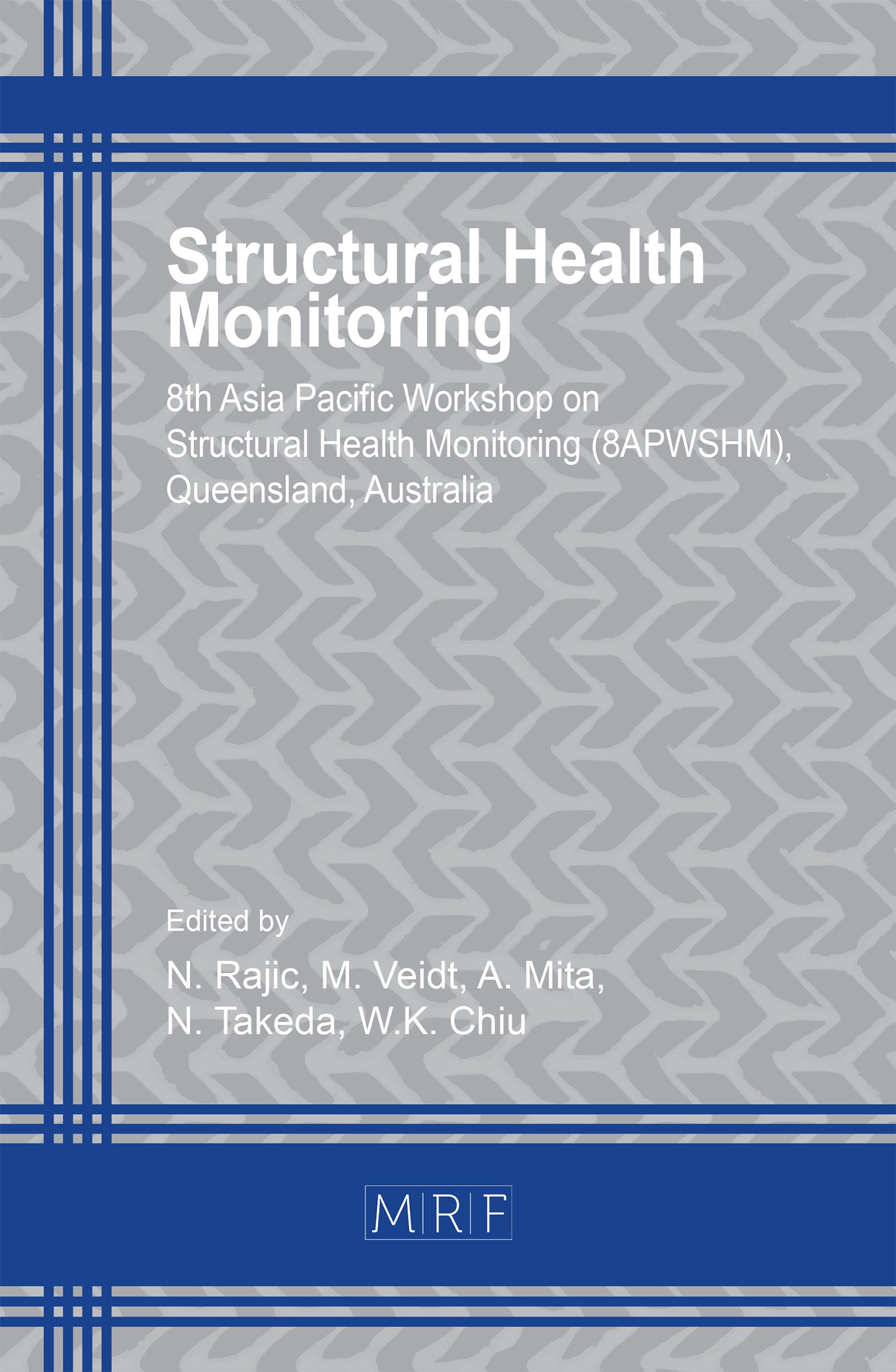A Machine Learning Approach for Anaerobic Reactor Performance Prediction Using Long Short-Term Memory Recurrent Neural Network
Benjamin Steven Vien, Leslie Wong, Thomas Kuen, L. R. Francis Rose, Wing Kong Chiu
download PDFAbstract. Predictive models are important to help manage high-value assets and to ensure optimal and safe operations. Recently, advanced machine learning algorithms have been applied to solve practical and complex problems, and are of significant interest due to their ability to adaptively ‘learn’ in response to changing environments. This paper reports on the data preparation strategies and the development and predictive capability of a Long Short-Term Memory recurrent neural network model for anaerobic reactors employed at Melbourne Water’s Western Treatment Plant for sewage treatment that includes biogas harvesting. The results show rapid training and higher accuracy in predicting biogas production when historical data, which include significant outliers, are preprocessed with z-score standardisation in comparison to those with max-min normalisation. Furthermore, a trained model with a reduced number of input variables via the feature selection technique based on Pearson’s correlation coefficient is found to yield good performance given sufficient dataset training. It is shown that the overall best performance model comprises the reduced input variables and data processed with z-score standardisation. This initial study provides a useful guide for the implementation of machine learning techniques to develop smarter structures and management towards Industry 4.0 concepts.
Keywords
Machine Learning, Data Analysis, Anaerobic Reactor, Data Preparation, Long Short-Term Memory, Artificial Neural Network
Published online 2/20/2021, 10 pages
Copyright © 2021 by the author(s)
Published under license by Materials Research Forum LLC., Millersville PA, USA
Citation: Benjamin Steven Vien, Leslie Wong, Thomas Kuen, L. R. Francis Rose, Wing Kong Chiu, A Machine Learning Approach for Anaerobic Reactor Performance Prediction Using Long Short-Term Memory Recurrent Neural Network, Materials Research Proceedings, Vol. 18, pp 61-70, 2021
DOI: https://doi.org/10.21741/9781644901311-8
The article was published as article 8 of the book Structural Health Monitoring
![]() Content from this work may be used under the terms of the Creative Commons Attribution 3.0 licence. Any further distribution of this work must maintain attribution to the author(s) and the title of the work, journal citation and DOI.
Content from this work may be used under the terms of the Creative Commons Attribution 3.0 licence. Any further distribution of this work must maintain attribution to the author(s) and the title of the work, journal citation and DOI.
References
[1] Melbourne Water. Western Treatment Plant Virtual Tour. 2020 30 September 2020 [cited 2020 30 November]; Available from: https://www.melbournewater.com.au/water-data-and-education/learning-resources/water-and-sewage-treatment-plants/western-treatment-0.
[2]Madhiarasan, M. and S. Deepa, A novel criterion to select hidden neuron numbers in improved back propagation networks for wind speed forecasting. Applied intelligence, 2016. 44(4): p. 878-893. https://doi.org/10.1007/s10489-015-0737-z
[3] Moosazadeh, S., E. Namazi, H. Aghababaei, A. Marto, H. Mohamad, and M. Hajihassani, Prediction of building damage induced by tunnelling through an optimized artificial neural network. Engineering with Computers, 2019. 35(2): p. 579-591. https://doi.org/10.1007/s00366-018-0615-5
[4] Liu, H. and Y. Zhang, Deep learning-based brace damage detection for concentrically braced frame structures under seismic loadings. Advances in Structural Engineering, 2019. 22(16): p. 3473-3486. https://doi.org/10.1177/1369433219859389
[5] Ehsani, N., B.M. Fekete, C.J. Vörösmarty, and Z.D. Tessler, A neural network based general reservoir operation scheme. Stochastic environmental research and risk assessment, 2016. 30(4): p. 1151-1166. https://doi.org/10.1007/s00477-015-1147-9
[6] Maier, H.R., A. Jain, G.C. Dandy, and K.P. Sudheer, Methods used for the development of neural networks for the prediction of water resource variables in river systems: Current status and future directions. Environmental modelling & software, 2010. 25(8): p. 891-909. https://doi.org/10.1016/j.envsoft.2010.02.003
[7] Deng, L. and D. Yu, Deep learning: methods and applications. Foundations and trends in signal processing, 2014. 7(3–4): p. 197-387. https://doi.org/10.1561/2000000039
[8] Liu, H. and Y. Zhang, Deep learning based crack damage detection technique for thin plate structures using guided lamb wave signals. Smart Materials and Structures, 2019. 29(1): p. 015032. https://doi.org/10.1088/1361-665X/ab58d6
[9] Agarwal, S. and M. Mitra, Lamb wave based automatic damage detection using matching pursuit and machine learning. Smart materials and structures, 2014. 23(8): p. 085012. https://doi.org/10.1088/0964-1726/23/8/085012
[10] Basheer, I.A. and M. Hajmeer, Artificial neural networks: fundamentals, computing, design, and application. Journal of microbiological methods, 2000. 43(1): p. 3-31. https://doi.org/10.1016/S0167-7012(00)00201-3
[11] Engelbrecht, A.P., Computational intelligence: an introduction. 2007: John Wiley & Sons.
[12] Bengio, Y., P. Simard, and P. Frasconi, Learning long-term dependencies with gradient descent is difficult. IEEE transactions on neural networks, 1994. 5(2): p. 157-166. https://doi.org/10.1109/72.279181
[13] Hochreiter, S. and J. Schmidhuber, Long short-term memory. Neural computation, 1997. 9(8): p. 1735-1780. https://doi.org/10.1162/neco.1997.9.8.1735
[14] Gensler, A., J. Henze, B. Sick, and N. Raabe. Deep Learning for solar power forecasting—An approach using AutoEncoder and LSTM Neural Networks. in 2016 IEEE international conference on systems, man, and cybernetics (SMC). 2016. IEEE. https://doi.org/10.1109/SMC.2016.7844673
[15] Bouktif, S., A. Fiaz, A. Ouni, and M.A. Serhani, Optimal deep learning lstm model for electric load forecasting using feature selection and genetic algorithm: Comparison with machine learning approaches. Energies, 2018. 11(7): p. 1636. https://doi.org/10.3390/en11071636
[16] Yu, R., J. Gao, M. Yu, W. Lu, T. Xu, M. Zhao, J. Zhang, R. Zhang, and Z. Zhang, LSTM-EFG for wind power forecasting based on sequential correlation features. Future Generation Computer Systems, 2019. 93: p. 33-42. https://doi.org/10.1016/j.future.2018.09.054
[17] Le, X.-H., H.V. Ho, G. Lee, and S. Jung, Application of long short-term memory (LSTM) neural network for flood forecasting. Water, 2019. 11(7): p. 1387. https://doi.org/10.3390/w11071387
[18] Han, J., J. Pei, and M. Kamber, Data mining: concepts and techniques. 2011: Elsevier.
[19] Rodriguez, J.D., A. Perez, and J.A. Lozano, Sensitivity analysis of k-fold cross validation in prediction error estimation. IEEE transactions on pattern analysis and machine intelligence, 2009. 32(3): p. 569-575. https://doi.org/10.1109/TPAMI.2009.187
[20] Hyndman, R.J. and G. Athanasopoulos, Forecasting: principles and practice. 2018: OTexts.
[21] Hajihassani, M., D.J. Armaghani, H. Sohaei, E.T. Mohamad, and A. Marto, Prediction of airblast-overpressure induced by blasting using a hybrid artificial neural network and particle swarm optimization. Applied Acoustics, 2014. 80: p. 57-67. https://doi.org/10.1016/j.apacoust.2014.01.005
[22] Ruder, S., An overview of gradient descent optimization algorithms. arXiv preprint arXiv:1609.04747, 2016.































